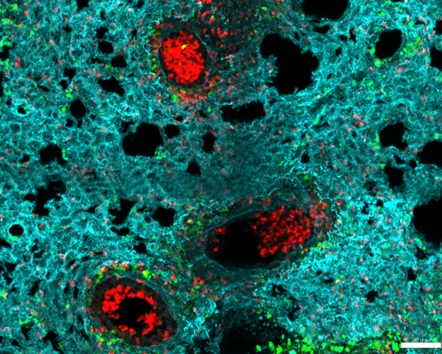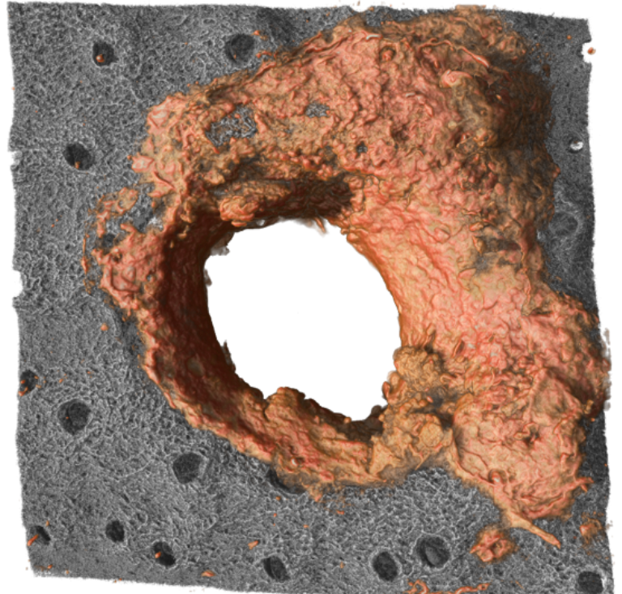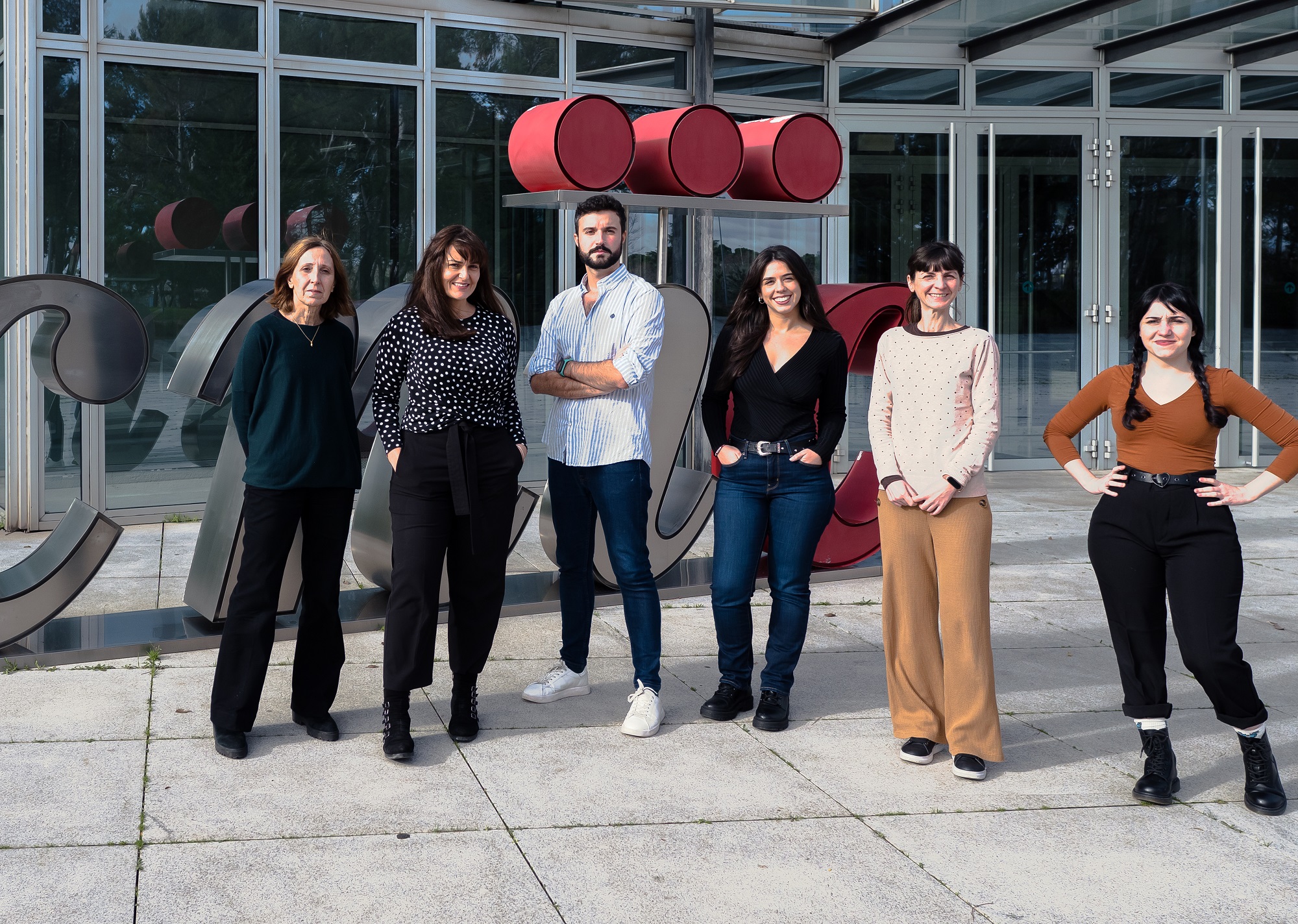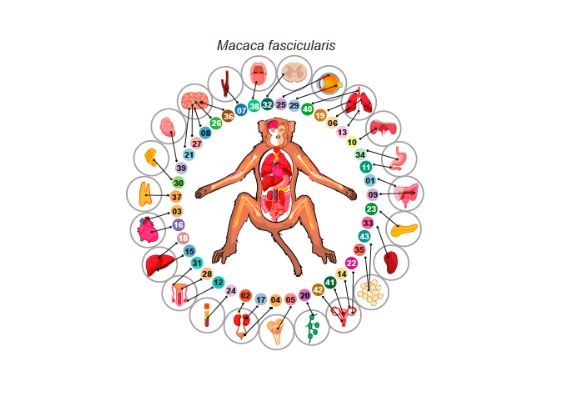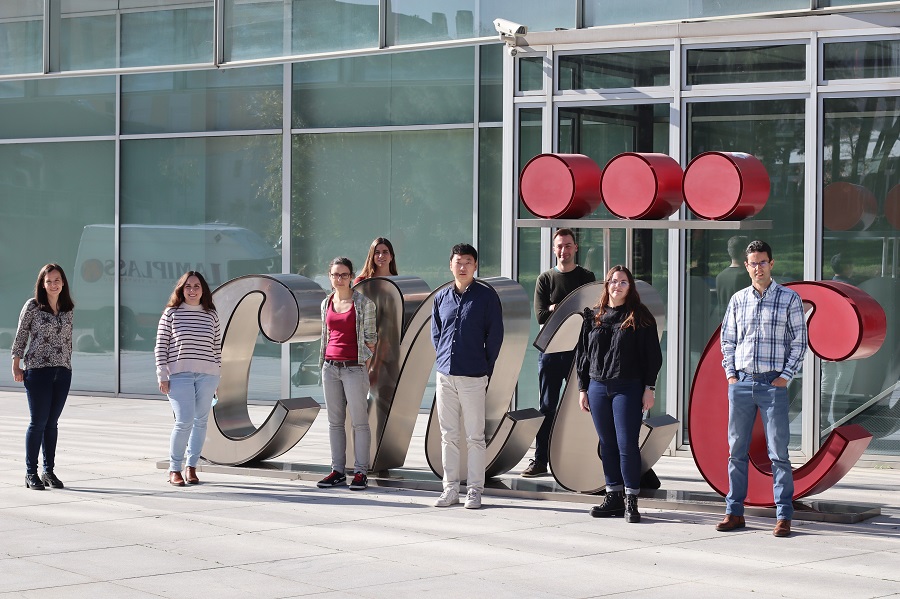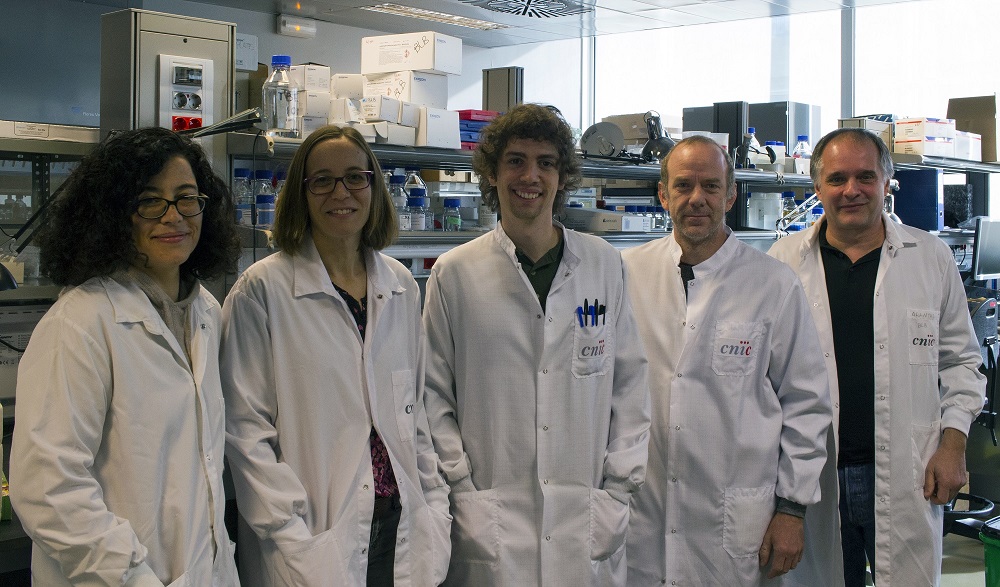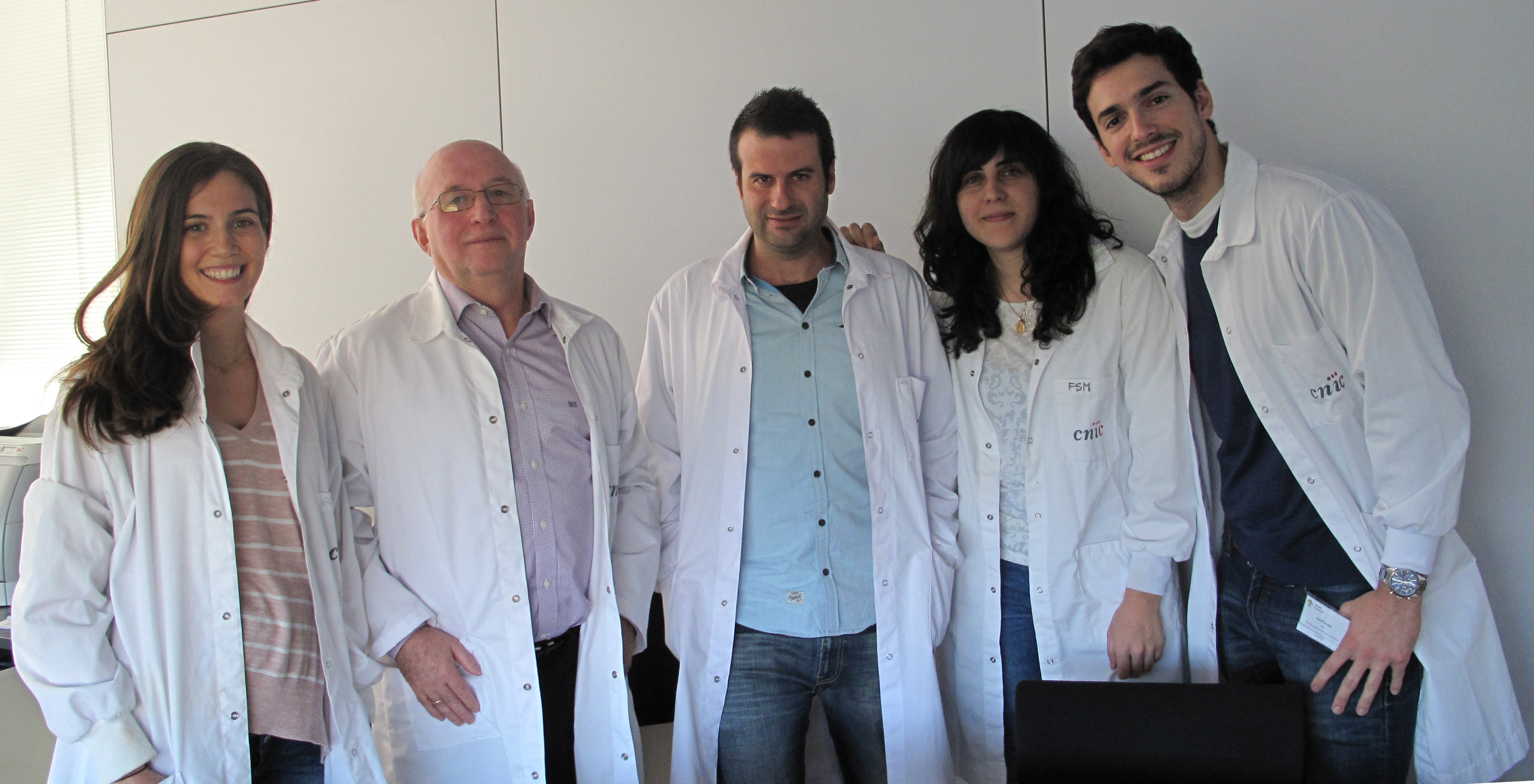News search
|
Research 2 Dec 2025 An international team has published NeuMap, the first atlas to reveal the global architecture of neutrophils, showing how this “first line of defense” reorganizes to protect, remember, and heal. |
|
Research 19 Mar 2025 Nature: CNIC scientists discover a type of immune cell that produces defensive "shields" in the skin The discovery, published in Nature, opens the path to new strategies for treating skin diseases and immunological disorders, with special potential for the treatment of inflammation, diabetes, and age-related conditions |
|
Research 15 Dec 2022 A CNIC team has shown that the retinoid and unsaturated fatty acid sensor RXR is a key protein in the maintenance of a balanced production of the different types of blood cells |
|
Research 17 May 2022 The 3D atlas has allowed the scientists to identify the beginning of left–right asymmetry in the heart |
|
Research 18 Apr 2022 The research will provide insights into the development of potential treatments for neurological diseases and obesity, among other human conditions |
|
Research 9 Dec 2020 Científicos del CNIC han descubierto un mecanismo celular y molecular que puede ayudar a promover la arterialización y perfusión en los tejidos que han sufrido una reducción del riego sanguíneo. |
|
Research 1 Feb 2018 The researchers have identified a collection of almost 300 genes mutated by AID, with some of the mutations found recurrently in human tumors and lymphomas |
|
Research 25 Nov 2016 The study describes a cell signal that controls intercellular communication and could play a central role in biomedical strategies such as gene therapy, vaccine design, and immunotherapy |
|
About the CNIC 9 Jan 2013 En un trabajo previo, parte de los investigadores mostraron que ratones deficientes en el gen Polµ presentaban una capacidad reducida de reparación del daño celular y eran radiosensibles |
- 1 of 2
- next ›
